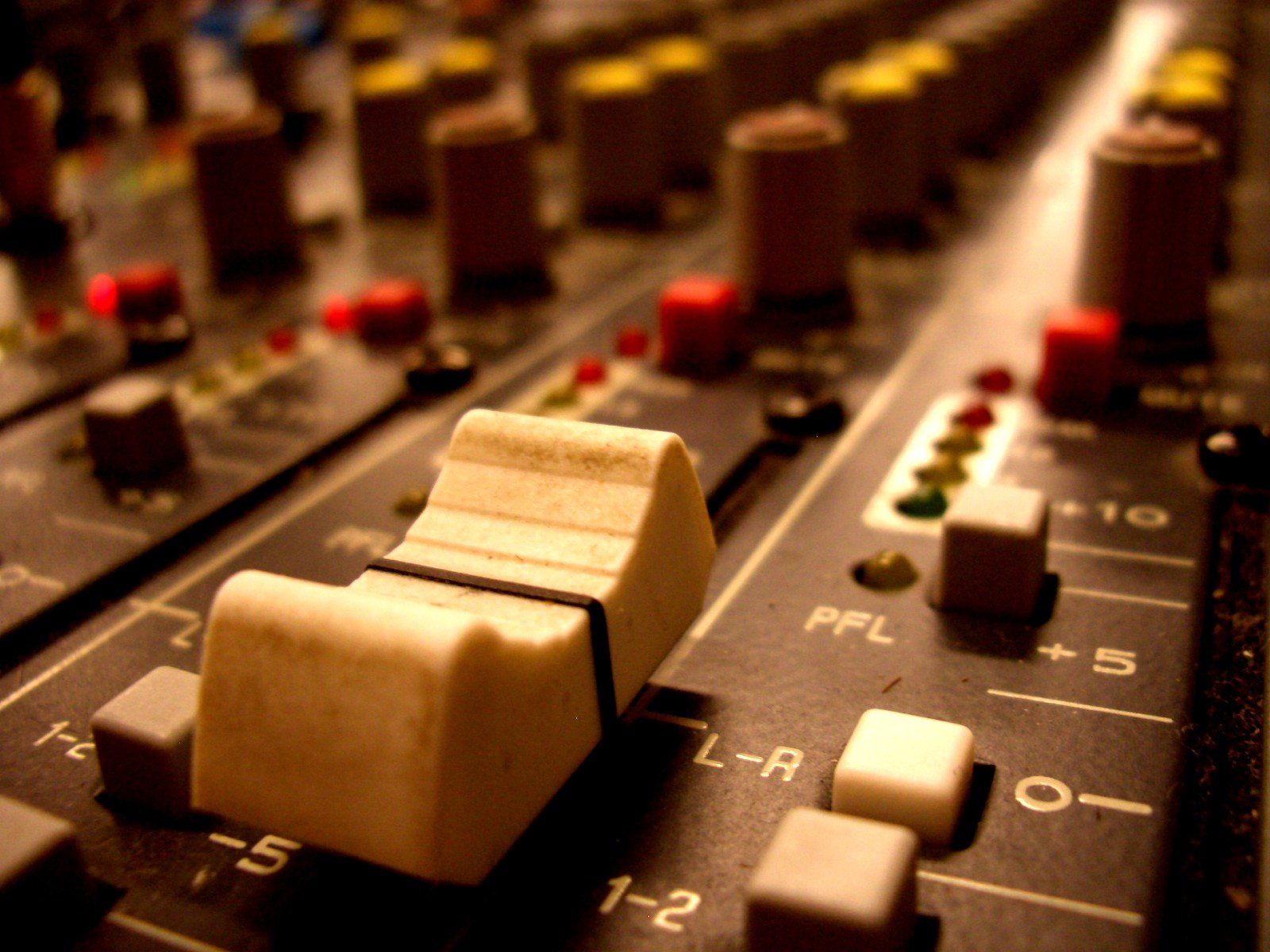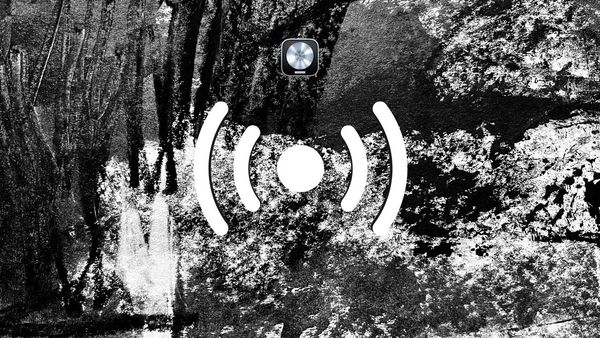If you’re new to music production, you might have come across terms like level, volume, and gain when describing the strength of certain signals.
But what are they exactly? Are they identical, and if not, what is the difference? Perhaps more importantly, what impact do they have on your workflow?
That question is not always easy to answer, especially if you’re unsure about the different concepts. But once you understand audio gain it becomes a lot easier to make it work for you.
Below we’ll define what gain is, as well as break down the variety of ways gain is used to produce music.
What Exactly Is Gain?
In the world of audio, gain describes how much amplification a signal has, using any process that strengthens it. Decibels (dB) are used to measure the strength of this gain.
Put simply, gain is the difference in signal strength between the output and the input of an audio processor or system.
This may sound complex, but for a lot of producers gain is also something you only have to worry about during a handful of important parts of your workflow.
Preamps & Signals: How They Work In Your Audio Interface
The easiest way to conceptualize gain is to monitor the signal path for a sound you would usually record using a DAW. A popular example is when you record an instrument or a vocalist with a microphone.
Microphones transform vibrations into a light electrical signal. The air pressure changes become voltage changes when sound waves reach the element of the microphone, and this becomes the sound.
This representation of the signal is too weak to directly record, and must be amplified a few times to achieve a decent level of sound for the audio interface.
Gain refers to how much amplification the preamp introduces to the signal. The audio interface’s microphone preamp is the amplifier that strengthens the signal.
Although it may appear to be a single device, a traditional audio interface has a set of unique components to introduce signals to your DAW.
Your sound will then get converted with a digital-to-analog converter, which allows it to be saved as a file on your hard drive.
DAW & Gain
A lot of engineers define gain as processes that happen in the analog sphere before the signal gets to the DAW. However, there are a variety of areas where gain is used in your audio.
A big example would be a compressor. A compressor decreases the signal level when it exceeds a particular threshold.
Compressors make it so the parts of the signal that are quiet and loud are able to be heard at the same level. However, decreasing the signal with the lightest compression automatically makes it softer.
To return it to the same volume overall, compressors will usually have a makeup gain control to turn the signal up again. This is basically a digital version of the process we discussed earlier.
Gain generally describes any signal amplification that strengthens it as well as the overall volume.
Boosting signal level in the digital sphere doesn’t have unwanted effects such as increased noise floor, which is different to analog gain.
However, this isn’t a reason to not record weak signals into your DAW.
We recommend staging gain and managing headroom at the same time so you can remain in the middle ground between digital and analog.
Is Gain The Same Thing As Distortion?
If you’re a guitarist, you have likely used equipment with a gain control that ups the saturation and distortion in your signal. This is visible on amp controls, drive pedals, and guitar plugins.
These knobs are usually referred to as gain since they distort and amplify the signal over the clipping point.
The main difference is that this version of gain stage follows a master volume control that decreases the level as a whole.
Although it’s linked to the same process, distortion and gain are different in other audio scenarios.
Yes, you can make good saturation by driving some analog mic preamps and decreasing their output using a trim control.
However, it’s a lot more popular to record clean signals by using the right amount of gain and maintaining headroom at every step.
Gain, Level & Volume
As you have probably noticed, there is a wide variety of ways you can describe the signal volume. However, each method has a unique meaning that it’s good to wrap your head around.
We now know that gain describes signal amplification, while volume describes the perceived sound level. For instance, a meter in your DAW uses electrical qualities to give you an idea of sound.
But because humans register sound differently, you’ll have a different perception of how loud the sound is.
Another example would be that producing the same perceived volume for low frequency sounds takes more signal energy than those in the presence zone (2 to 5 kHz). This is the zone where your ears are more sensitive to sound.
Although you can still put perceived volume into units for comparison, this is not a huge concern when it comes to DAW. Rather, the balance between each track is better described by the term ‘level.’
Your DAW measures signal level with two terms that measure different qualities. These are RMS and Peak.
Peak level refers to the loudest part in a signal, meanwhile RMS describes the average intensity over a certain amount of time.
Achieving the right signal level so you can release your track on music streaming services is something you absolutely have to get right.
Final Thoughts
Gain is one of the most critical concepts to understand in audio production and music.
There are many terms that often get used interchangeably, however it’s crucial to know exactly what gain means so you can get the results you want.
We hope this article has told you all you need to know about getting the sound you want with your audio interface and tweaking the DAW levels.








Member discussion